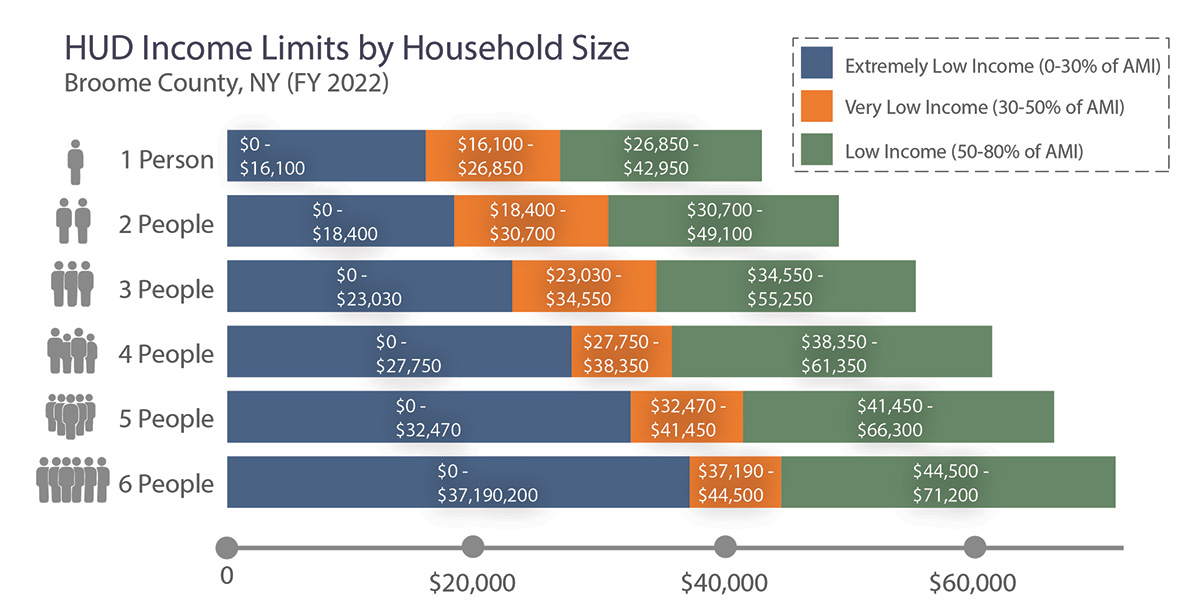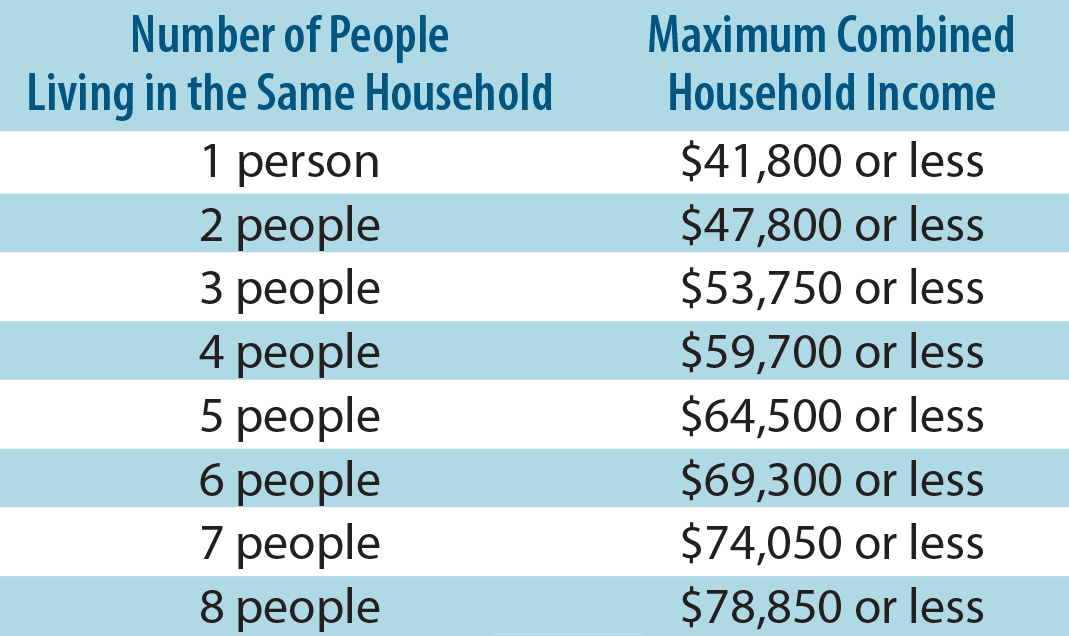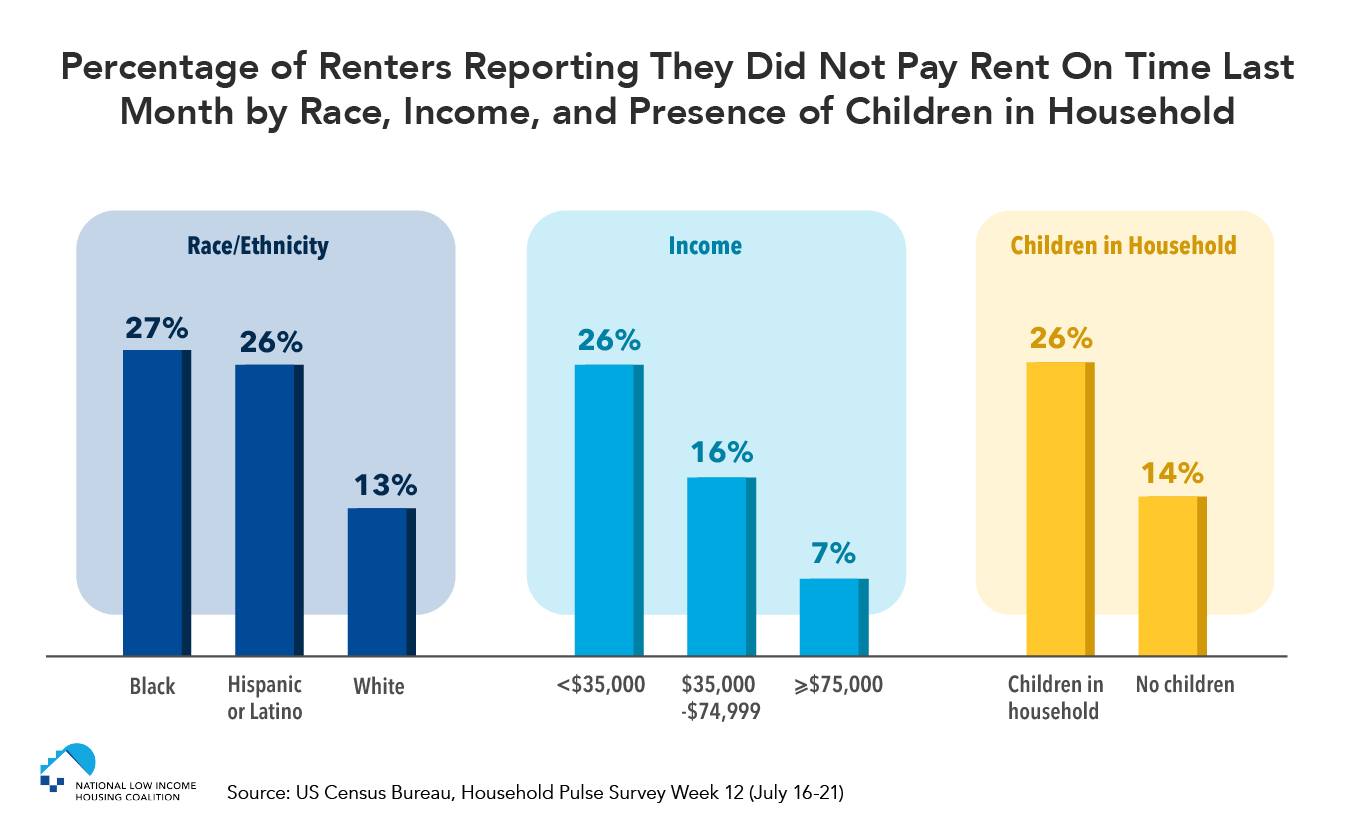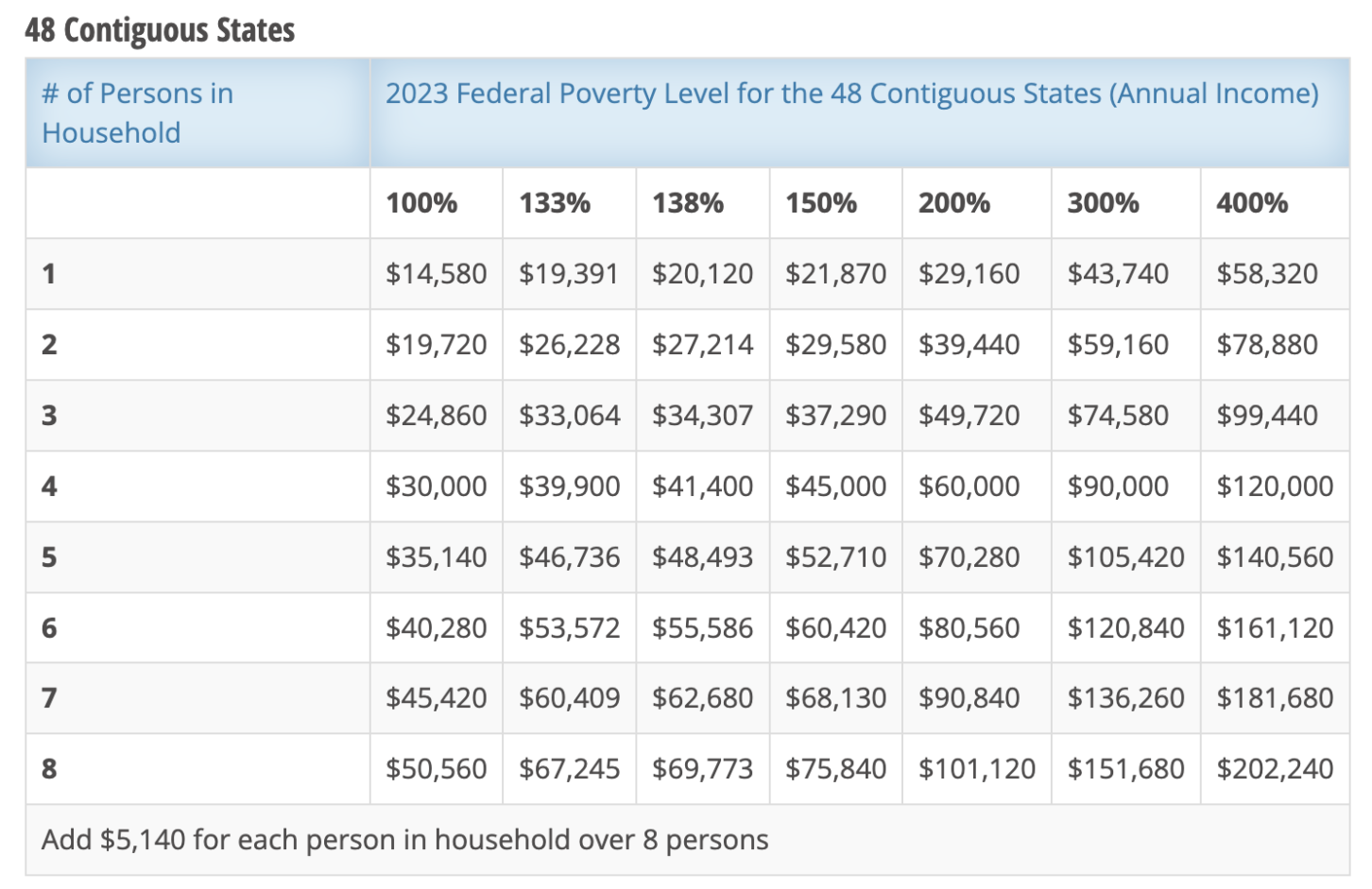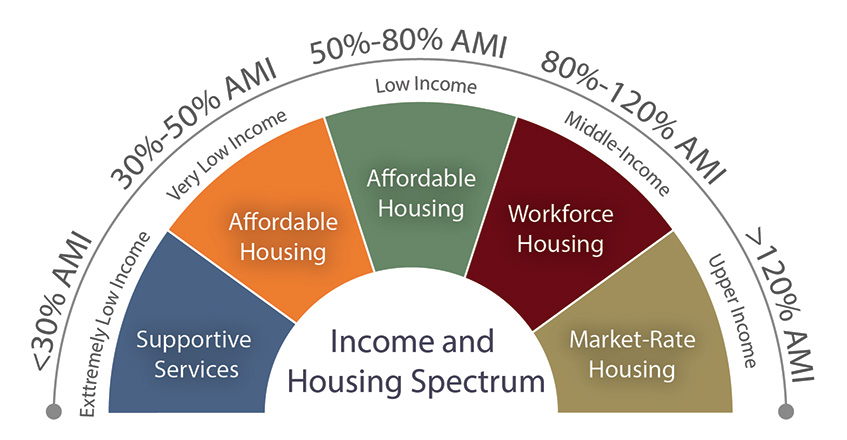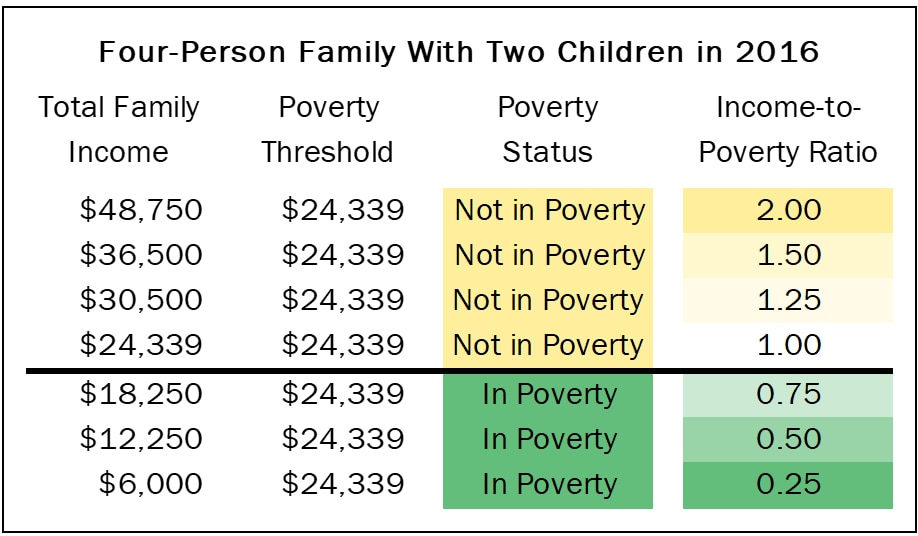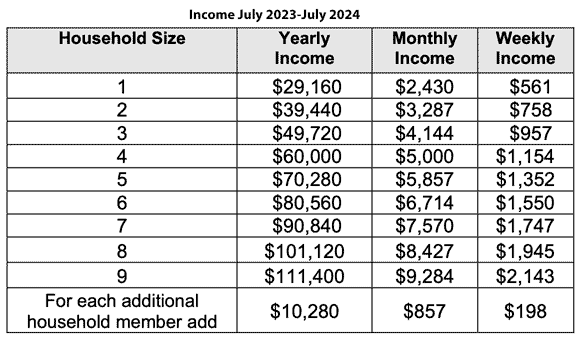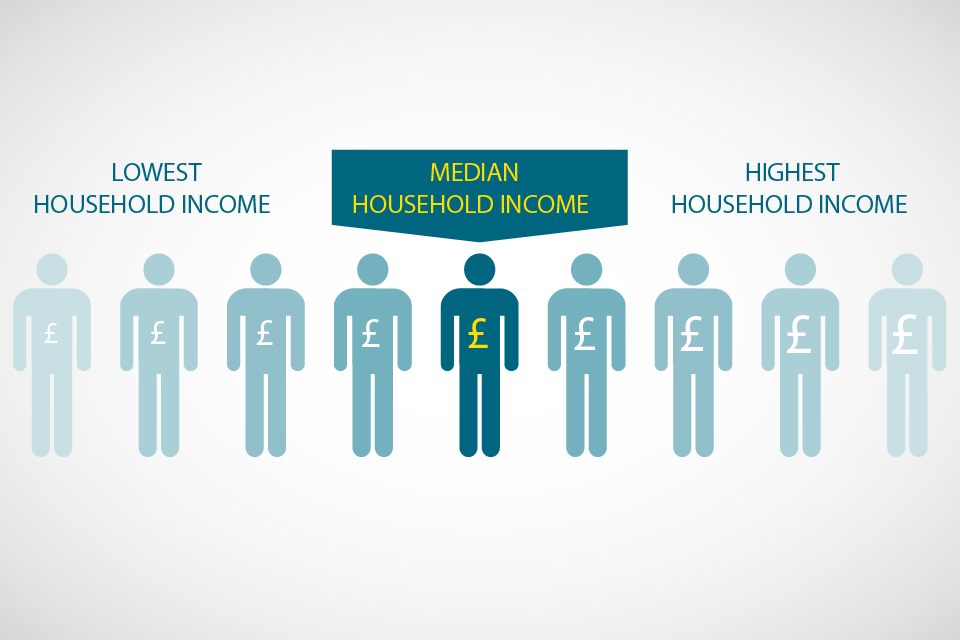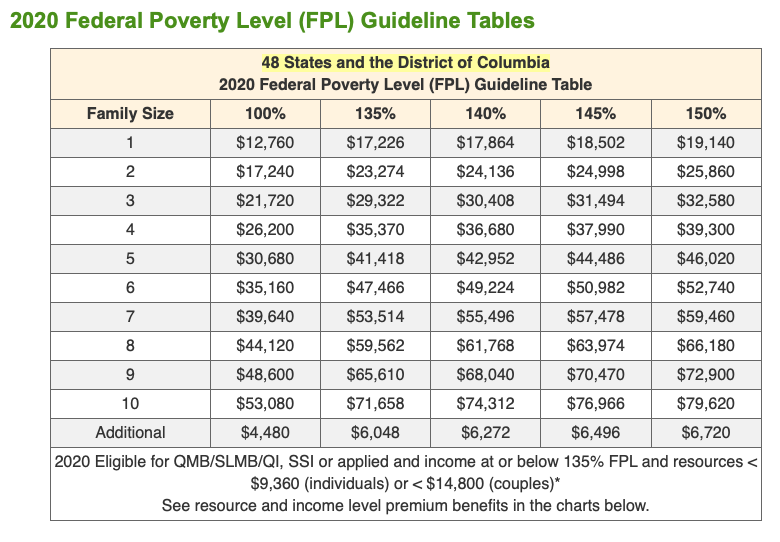What Is Considered Low Income In Delaware
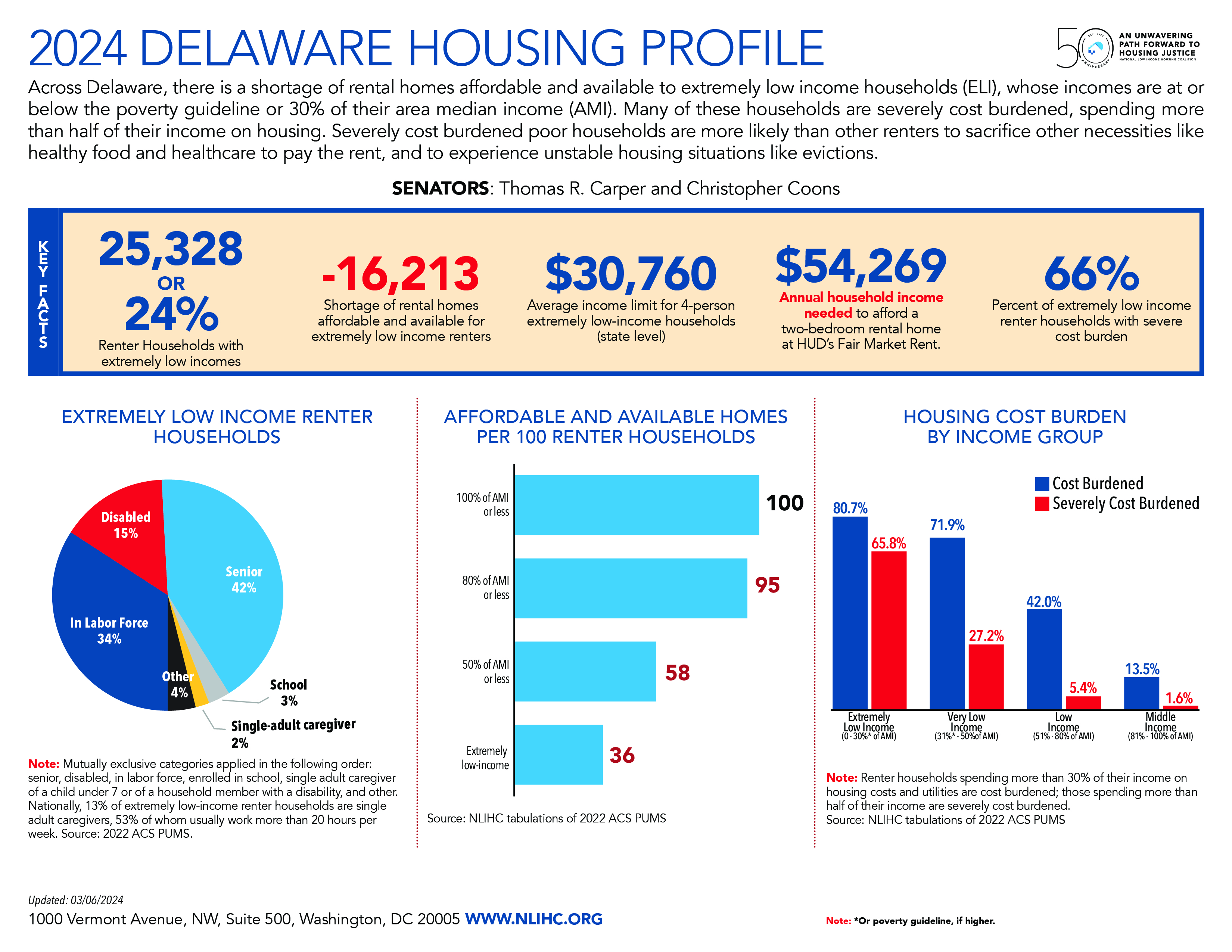
Navigating the economic landscape requires a clear understanding of income thresholds, particularly when accessing support programs and services. In Delaware, defining "low income" is crucial for determining eligibility for a wide array of assistance programs, from housing subsidies to healthcare benefits. This definition, however, is not static and varies based on household size and the specific program being considered.
Understanding the definition of low income is essential because it acts as a gateway to critical resources for many Delaware families. It directly impacts access to programs designed to alleviate poverty and promote economic stability. These programs are intended to help individuals and families meet their basic needs and improve their overall well-being.
Who determines these income thresholds, what specific figures define low income in Delaware, where these definitions apply, when they are updated, why this information matters, and how individuals can determine their eligibility for assistance are key questions this article will address.
Federal Poverty Guidelines vs. Area Median Income
Two primary benchmarks are used to define low income: the federal poverty guidelines (FPG) and the area median income (AMI). The federal poverty guidelines, issued annually by the Department of Health and Human Services (HHS), are a simplified measure used to determine eligibility for certain federal programs. The area median income, calculated by the Department of Housing and Urban Development (HUD), reflects the median household income in a specific geographic area.
The FPG is uniform across the contiguous United States, with adjustments for household size. AMI, on the other hand, varies significantly depending on the location within Delaware. This difference is because the cost of living and average incomes differ across the state’s three counties.
For instance, New Castle County, with its higher population density and proximity to major metropolitan areas, tends to have a higher AMI than Kent or Sussex counties. This difference significantly impacts eligibility for housing assistance programs in particular.
Specific Income Thresholds in Delaware
As of 2024, the federal poverty guideline for a family of four in the contiguous United States is $31,200. This figure serves as a baseline for certain federal programs like the Supplemental Nutrition Assistance Program (SNAP) and Medicaid, though Delaware may use a higher threshold for Medicaid eligibility.
The AMI in Delaware varies by county and metropolitan area. For example, in the Wilmington-Newark-Philadelphia metropolitan area (which includes a portion of Delaware), the AMI for a family of four is significantly higher than the FPG. Precise AMI figures are updated annually by HUD and can be found on their website or through the Delaware State Housing Authority (DSHA).
These figures are critical because many housing assistance programs, such as Section 8 vouchers (Housing Choice Vouchers), use AMI as a primary determinant of eligibility. A household earning 50% or 80% of the AMI might qualify for different levels of assistance.
Impact on Access to Assistance Programs
The definition of low income has a direct and profound impact on access to various assistance programs in Delaware. Eligibility for programs like SNAP, Medicaid, Temporary Assistance for Needy Families (TANF), and housing assistance are all tied to income thresholds.
For example, a family exceeding the income limit for SNAP might still struggle to afford groceries, but they would be ineligible for this vital food assistance program. Similarly, exceeding the AMI limit for housing assistance can leave families facing housing instability and the risk of homelessness.
Delaware’s Health Care Commission has worked to expand Medicaid coverage to include a larger percentage of the population, recognizing the importance of accessible healthcare. However, income remains a significant factor in determining eligibility.
Navigating the System and Finding Resources
Understanding the nuances of income eligibility requirements can be challenging. Delaware offers several resources to help individuals and families navigate the system. The Delaware 2-1-1 helpline provides comprehensive information on available assistance programs and services.
The DSHA offers information on housing assistance programs, including eligibility requirements and application processes. Local community action agencies also provide case management services to help individuals and families access resources and achieve self-sufficiency.
Furthermore, legal aid organizations in Delaware can provide free legal assistance to low-income individuals and families facing housing or benefits-related issues. Seeking professional guidance can be crucial for understanding complex eligibility criteria and maximizing access to available resources.
Human Interest Angle: The Story of the Millers
Consider the story of the Millers, a family of four in Kent County. Sarah, a single mother, works part-time while caring for her two young children. While her income exceeds the federal poverty guideline, it falls below 50% of the area median income for Kent County.
As a result, she qualifies for SNAP benefits, which help her put food on the table. She also receives a housing voucher, which makes her rent affordable and prevents her from experiencing homelessness. Without these programs, Sarah would struggle to provide for her children's basic needs.
The Millers' story highlights the critical role that income-based assistance programs play in supporting vulnerable families in Delaware. It underscores the importance of understanding income thresholds and ensuring that eligible individuals and families have access to these vital resources.
Conclusion
Defining low income in Delaware is a complex process that depends on several factors, including household size, geographic location, and the specific program being considered. Both the federal poverty guidelines and the area median income play crucial roles in determining eligibility for various assistance programs.
Understanding these thresholds is essential for individuals and families seeking access to vital resources, such as food assistance, healthcare, and housing support. By utilizing available resources and seeking professional guidance, Delaware residents can navigate the system and access the assistance they need to achieve economic stability and improve their overall well-being. Access to the 2-1-1 helpline can be a first step.
As economic conditions evolve, these definitions will likely be reevaluated, emphasizing the need for continuous monitoring and adaptation to ensure that assistance programs effectively serve those in need. Staying informed about current income thresholds and available resources is paramount for individuals and families seeking to improve their financial security in Delaware.

